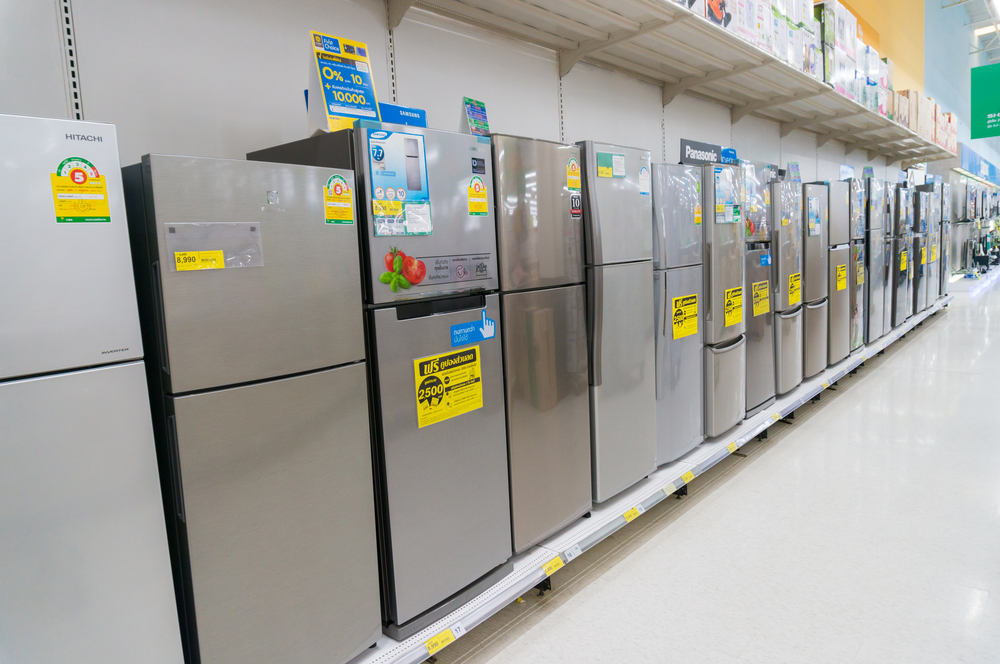How to Run a Profitable Garage Sale: Step-by-Step
Turn unwanted items into cash with a strategic garage sale. This step-by-step guide explains how to price goods competitively, promote locally and online, design an attractive shopping layout, and streamline checkout. Learn timing tips, staging ideas, and payment options to boost visitors and maximize sales.

A well-organized garage sale can be more than a cleanup—it can function like a small retail event that attracts bargain hunters and converts clutter into cash. With thoughtful pricing, targeted promotion, a shopper-friendly layout, and clear operating plans, you can move more items, reduce negotiation stress, and give buyers a pleasant experience that encourages purchases and word-of-mouth.
Price Strategically to Sell Quickly
Pricing is the foundation of a successful sale. As a baseline, most items sell best when priced at roughly 25–30% of original retail value. Items in excellent or nearly-new condition may command up to about 50% of retail. Keep in mind that visitors expect deals, so set tags to encourage fast decisions rather than lengthy haggling.
Use tiered pricing and bundled offers to increase the average sale. Examples: three shirts for a flat fee, or a kitchen gadget multipack deal. Make reductions visible with bright stickers or a marked-down area. Consider a planned markdown on the second day or a final-hour clearance table to move stubborn pieces.
Promote Smartly to Bring More Shoppers
Combine traditional signs with online listings for maximum reach. Place readable directional signs through your neighborhood using clear phrases like “multi-family sale,” “discount finds,” or “yard sale.” Post the event on community boards, local newspapers, and high-traffic websites such as Facebook Marketplace, Nextdoor, and Craigslist.
In your listings include crisp photos, a short highlight list, exact dates and times, and clear location cues like cross streets or landmarks. Mention if multiple households are participating—shoppers often prefer multi-family or block sales because they expect greater variety.
Design a Retail-Friendly Layout and Checkout
Think like a store owner when arranging your sale. Cluster similar products into clear sections: clothing, electronics, kitchen items, furniture, and books. Leave wide aisles for easy browsing and mark a single, visible checkout station where purchases are totaled and packed.
Offer several payment options to avoid losing sales to buyers who don’t carry cash. Accept cash, contactless card payments via a mobile card reader, and peer-to-peer transfers through Venmo or PayPal. Keep plenty of small bills, a locked cash box or money belt, and a basic receipt pad if desired. Provide bags, boxes, tape, and markers for packaging purchases and labeling items.
Comfort and convenience help keep shoppers engaged. Provide shade on hot days, offer a small drink station, and make sure lighting is adequate for evaluating items. Test electronics on-site with extension cords, place mirrors near accessories, and keep a tape measure handy for furniture inquiries. Neat displays and good lighting make items more appealing and support your asking prices.
Choose the Best Days and a Visible Location
Timing and visibility matter. The busiest windows are usually Thursday through Saturday mornings, with early starts attracting the most motivated buyers. Plan to run your sale into late morning or early afternoon when traffic is still steady.
Pick a spot that’s easily seen from main roads and add directional signs so drivers can find you without stopping to ask. Partnering with neighbors for a block or multi-family sale broadens the selection and creates a market-like atmosphere that draws bigger crowds.
Plan Operations and Staffing
Run the sale like a pop-up shop. Prepare a basic inventory list, arrange tables and racks by category, and clearly mark prices. Station at least two people: one at checkout and one on the floor to answer questions, test items, and keep displays tidy. Keep fragile or high-value items close to the checkout area for security, and have packing materials for buyers.
Anticipate bargaining. Decide ahead of time how flexible you’ll be and consider marking key pieces as firm price or accepting best offers. Use special signage for day-two discounts or a final-hour clearance table to move remaining inventory without constant negotiation.
| Item Category | Typical Price Range | Condition Considerations |
|---|---|---|
| Clothing | $1 - $10 | Like-new pieces: 30–50% of retail |
| Furniture | $10 - $100 | Price based on brand, size, and wear |
| Electronics | 25–40% of retail | Must be working; test before sale |
| Books and Media | $0.50 - $5 | Price by demand, edition, and condition |
| Kitchen Items | $1 - $20 | Nearly new: around 40% of retail |
Prices, rates, or cost estimates mentioned in this article are based on the latest available information but may change over time. Independent research is advised before making financial decisions.
Final Tips to Maximize Success
Small touches often boost sales. Wash and iron clothing, wipe down household goods, and fold linens neatly. Showcase popular or higher-value items prominently and include a brief featured-items list in your online posts to attract interest. Keep safety in mind when handling cash and use helpers for busy periods to manage crowds and answer questions.
With deliberate pricing, thoughtful promotion, and a customer-focused setup, your garage sale can feel professional and inviting while clearing space and adding money to your wallet. Plan ahead, stay organized, and be flexible with negotiations so buyers leave satisfied and recommend your sale to others.






